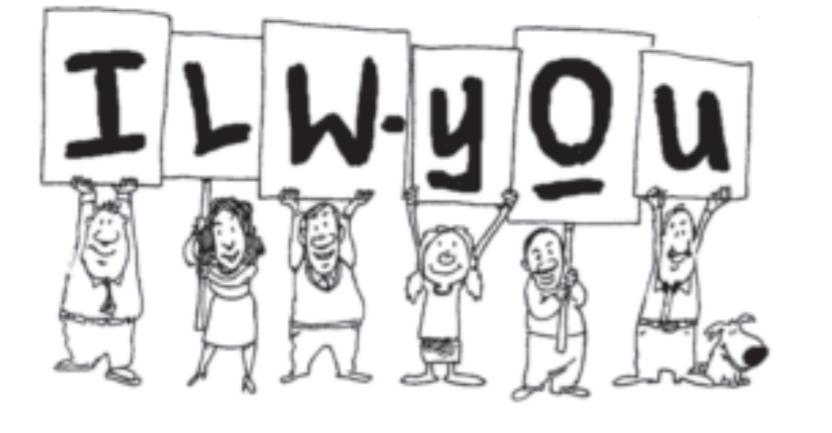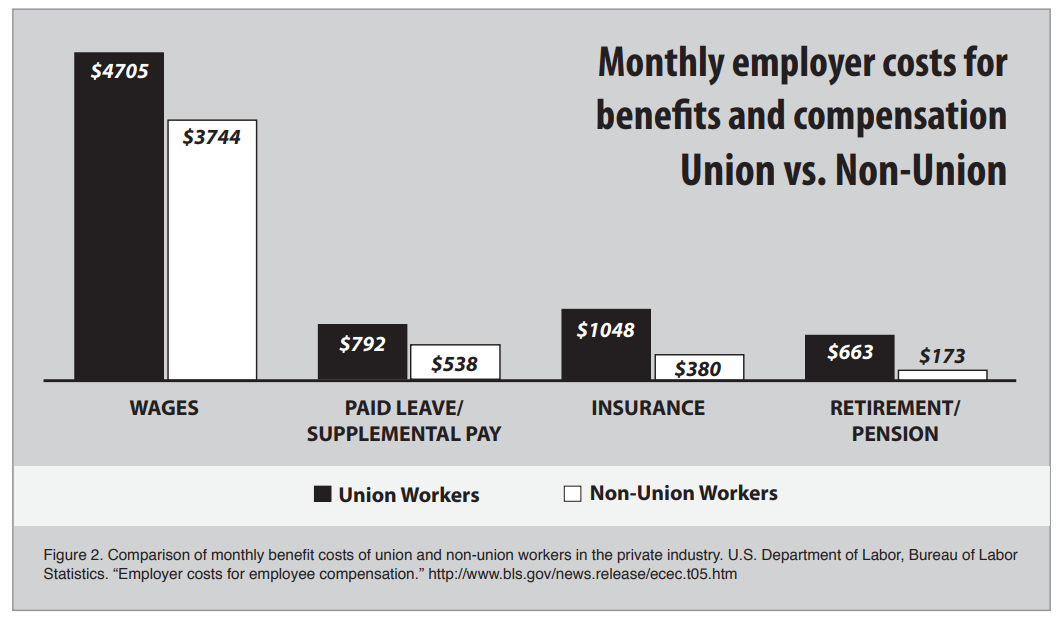Believe it or not, most workers organize into unions because of bad working conditions and poor treatment by management and not for higher wages and benefits. When workers are organized into unions, they gain the power to change their working conditions and demand respect and fair treatment from management.
With a union, workers have job security and can no longer be fired, transferred, or demoted at the whim of their bosses. In the United States, workers are hired “at-will.” This is a term which means workers are not slaves and can quit their job at their choice—or at their will. It also means an employer can fire a worker for any or no reason—or at the employer’s will. U.S. and Hawaii law only protects a worker from being fired for an illegal reason—such as discrimination by race, sex, age, religion, sexual orientation, ancestry, disability, marital status, or arrest and court record. However, unionized workers have a written contract which gives them additional protection against unjust or unfair firing or treatment on their job.

With a union, workers gain the power to meet with management on equal terms and bargain collectively to improve their wages and benefits. Union workers no longer have to go to their boss as individuals and beg for an increase in wages. With a union, workers have a voice on the job because management is required to negotiate with them on any changes in the terms and conditions of employment. With no union, management can take back benefits and change things on the job at any time with no notice and no need to consult with workers.
Unions give workers dignity, respect, and a voice on the job. Many workers consider these to be the most valuable benefit of having a union.
What are the benefits of union membership?
Higher wages, better benefits, and good working conditions are the most obvious advantages of being organized in a union.
Based on data collected by the U.S. Department of Labor—updated March 10, 2016—workers represented by unions earned a median weekly wage of $975, while non-union workers earned 26 percent less, or $776 a week. The union advantage in wages is $199 a week (includes public sector workers).
The union advantage for benefits like healthcare, vacation, overtime, and retirement is even higher—almost double that of the non-union workers. The monthly value of these benefits for unionized workers is $3126, while the non-union workers received only $1511—a difference of $1615. The union advantage in benefits is $403 a week.
Union workers get better health care
Employers provide medical and dental plans worth an average of $984 a month for union workers, while healthcare benefits for non-union workers are worth only $360 a month.
Union workers get much better retirement benefits
Employers contributes $498 a month into defined benefit pension plans of union workers compared to only $55 a month for non-union workers. This is over nine times more than non-union workers.
Union workers get more vacation, more holidays, more sick leave pay, more overtime pay, and more premiums than non-union workers. If you add wages, benefits, and legally required benefits such as Social Security, Medicare, and UI (not shown in figure 2), union workers received a total compensation package worth an average of $1958 a week, while non-union workers got only $1341. The union advantage is over $617 a week. Over the year, the union advantage is worth $32,084.


